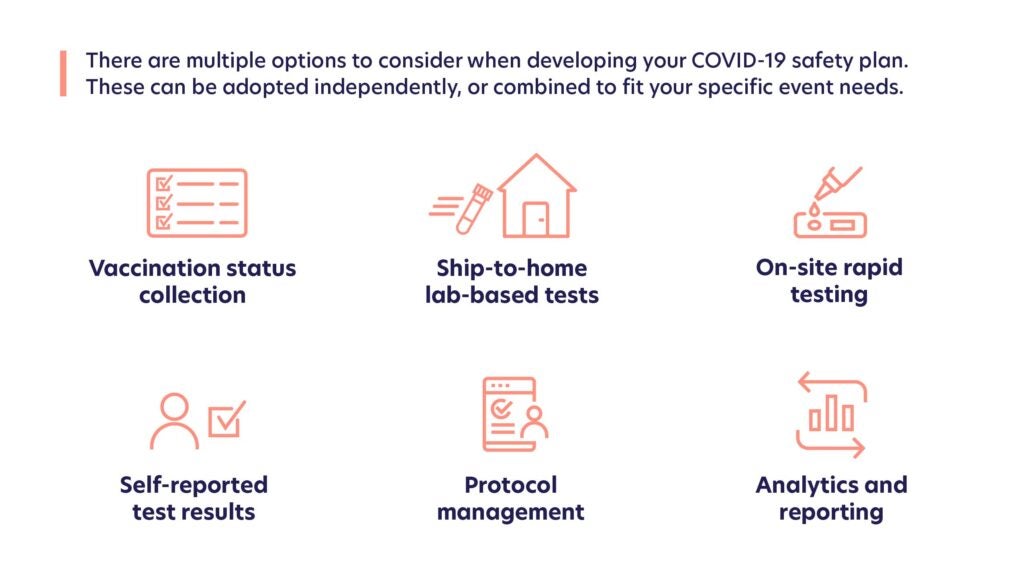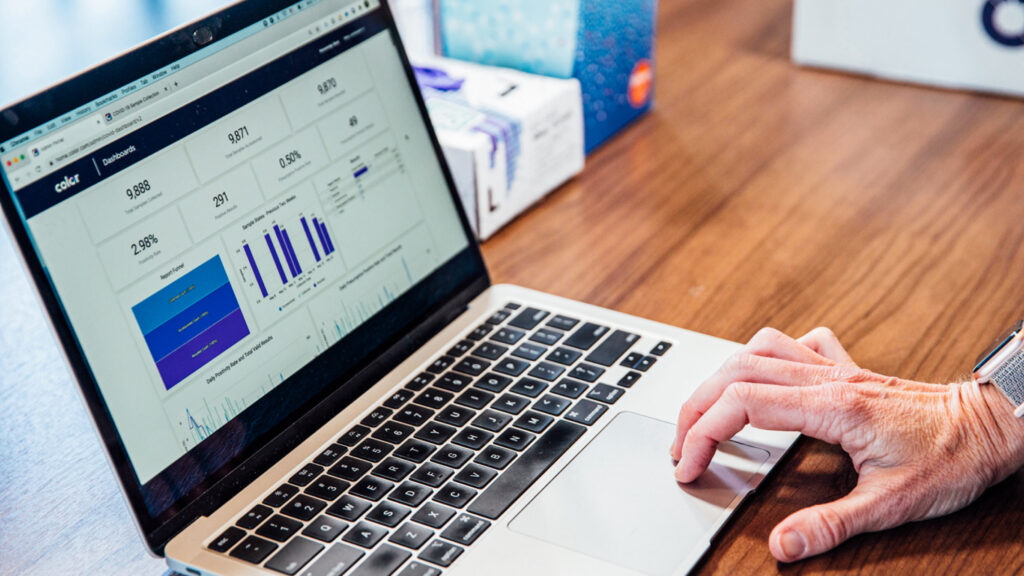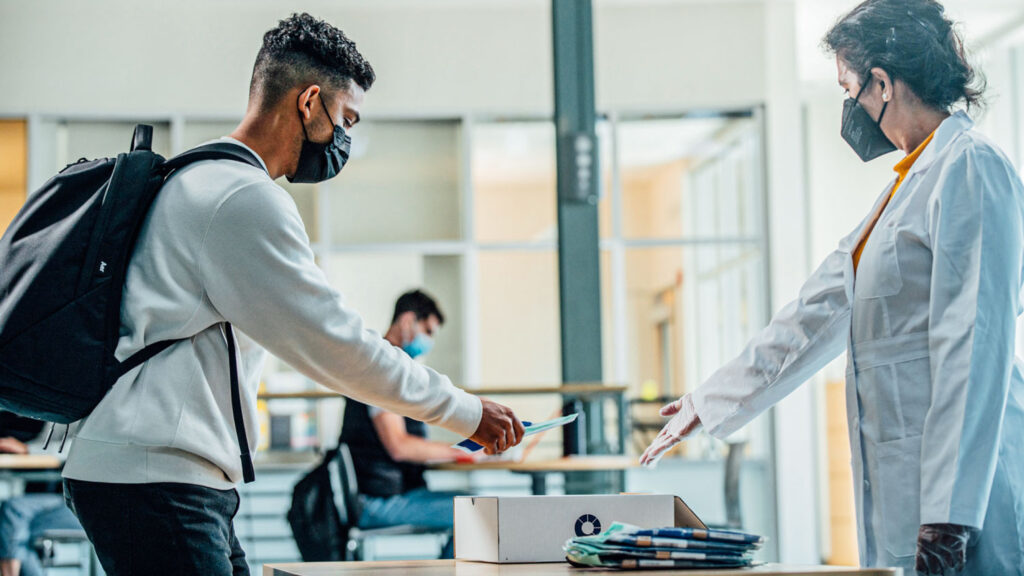News & Articles
5 Considerations for Running Safe and Seamless In-Person Events During COVID
Color

After two years of virtual events, there’s near-universal agreement that nothing matches the impact of in-person events and gatherings for morale, brand-building, and business growth. For event organizers, in-house events teams and attendees, the biggest challenge to be addressed is one of balance. How can you create a great overall experience for participants while minimizing risk?
In-person – with caveats – is becoming the new normal
While virtual and hybrid events will remain a part of the overall event mix, we are seeing a rapid shift back to in-person events for many organizations. In it’s recently published 2022 Global Meetings and Events Forecast, American Express Meetings & Events, a division of AMEX Global Business Travel, shared the following following findings:
- 81% of all 2022 events are expected to have some sort of in-person component
- 64% of respondents have increased their events budget for 2022
- 67% of survey respondents believe in-person meeting levels will return to their pre-pandemic numbers within one to two years
Without question people want to gather and meet face-to-face. But personal, team, and even brand health are still key concerns. In the same American Express Meeting & Events 2022 forecast, it was reported that 58% of respondents were seeking “confidence in duty-of-care-components for attendee health-and-safety” when considering whether or not to attend in-person events.
Delivering the best experience possible for participants, partners and employees
As you think about reintroducing in-person events, you need to make sure that all participants feel welcome, unencumbered, and safe. Here are five key considerations to keep in mind when planning for your next in-person event:
- Make safety a seamless part of the overall experience, right from the start.
The best kind of safety is the kind you barely notice. You can build trust among participants by implementing multi-level risk mitigation tactics – from regular cleaning to crowd size limitations, to testing and vaccination tracking. Let people know in advance that you are doing this as a way to improve their experience, whether attendees or exhibitors. The more people know in advance, the better they can plan for it – and the more invisible it becomes on show day. - Offer a virtual experience in addition to the IRL one.
Hybrid events give attendees the option to attend virtually or in-person, and give event planners a larger potential attendee pool. In today’s climate, some attendees may be willing to attend breakout sessions but shy away from keynotes or after-hours parties. Offering a hybrid model enables these attendees to enjoy full event experience while staying within their comfort zone. - Deepen your understanding of the different COVID-19 safety solutions available for your event.
Even though the impact of COVID-19 has lessened significantly, there is still a risk of spreading infection in congregate settings like company gatherings and trade shows. Testing remains one of the most effective tools in detecting COVID and limiting its spread. Depending on your event’s scale, location, and venue, you will need to tailor your testing protocols. For example, if you’re hosting a company event with team members traveling from across the country, pre-event (ship-to-home) testing will help you contain the risk of spreading COVID. For a one-off event like a concert with a large number of people congregated in a small area, you may want to consider setting up a self-administered testing station in the parking lot. This will help you quickly identify any infected individuals before they enter the enclosed arena. Take a look at our recent infographic on COVID risk mitigation solutions to learn how different tactics can be combined and easily implemented to meet the specific needs of your event. - Focus on communication.
Organizations who have been able to bring back in-person events attribute much of their successes to clear communication before, during, and after the event. From signage to FAQs, emails leading up to and after the event, text messages and in-app notifications, there are many ways to communicate health and safety protocols to participants. Make it your goal to remove any barriers to adoption and compliance for all participants, and give them enough advance notice to plan their own approach. Learn how three different organizations ran successful in-person events in Q4 2021. - Choose the right testing partner to make COVID-19 risk mitigation seamless.
Planning and organizing events is a complex undertaking, with or without testing. It’s critical that you carefully screen testing partners to ensure they can support all aspects of your COVID-19 strategy, from program design to procurement, test fulfillment, onsite staffing, training, and more.
Color has worked with hundreds of businesses, universities and state and local governments, providing flexible and easy-to-use solutions for COVID-19 testing, vaccination programs, and real-time results. We support clinician-monitored and self-administered testing that can be performed on-site or at home, to help ensure the safety and comfort of customers, partners and vendors that attend your in-person events. Contact us today to learn more.






